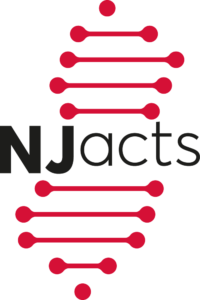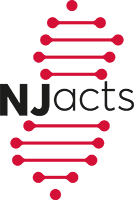 Please read Dr. Treitler’s article in the Journal of Substance Use & Addiction Treatment titled, “Implementation of an office-based addiction treatment model for Medicaid enrollees: A mixed methods study.“
Please read Dr. Treitler’s article in the Journal of Substance Use & Addiction Treatment titled, “Implementation of an office-based addiction treatment model for Medicaid enrollees: A mixed methods study.“
About 5 million Americans meet diagnostic criteria for opioid use disorder (OUD), yet most do not receive treatment. Medications for opioid use disorder (MOUD), the most effective treatment for OUD, are used by fewer than 30 % of those with a potential need for treatment. Many efforts to expand access to MOUD have focused on buprenorphine, which is highly effective and can be prescribed in office-based settings, including primary care and other settings outside of the specialty substance use disorder (SUD) treatment system. Yet, buprenorphine is rarely available in general health care settings where patients with OUD are routinely encountered (Haffajee et al., 2018). Although primary care providers (PCPs) treat more patients with buprenorphine than other specialties (Olfson et al., 2020), fewer than 5 % of PCPs prescribe buprenorphine (Abraham et al., 2020; Saunders et al., 2022). Numerous barriers to office-based prescribing have been identified in prior research, including regulatory restrictions, lack of referral resources, limited training and education on OUD treatment, low reimbursement, and perceived complexity of treating OUD (Foti et al., 2021; Mackey et al., 2020). To read the full article.
Implementation of an office-based addiction treatment model for Medicaid enrollees: A mixed methods study. Treitler P, Enich M, Bowden C, Mahone A, Lloyd J, Crystal S. J Subst Use Addict Treat. 2024 Jan;156:209212. PMID:37935350 DOI: 1016/j.josat.2023.209212
